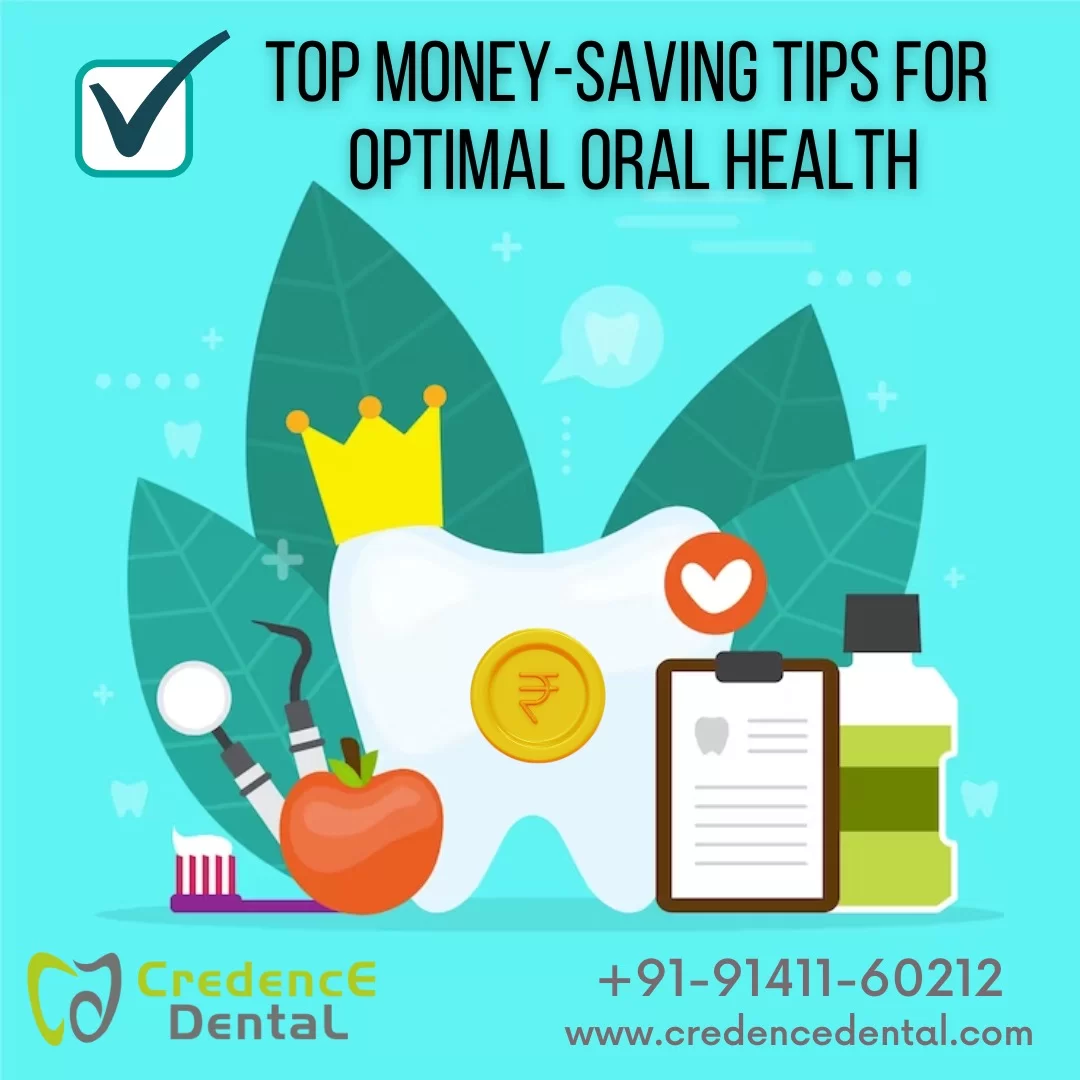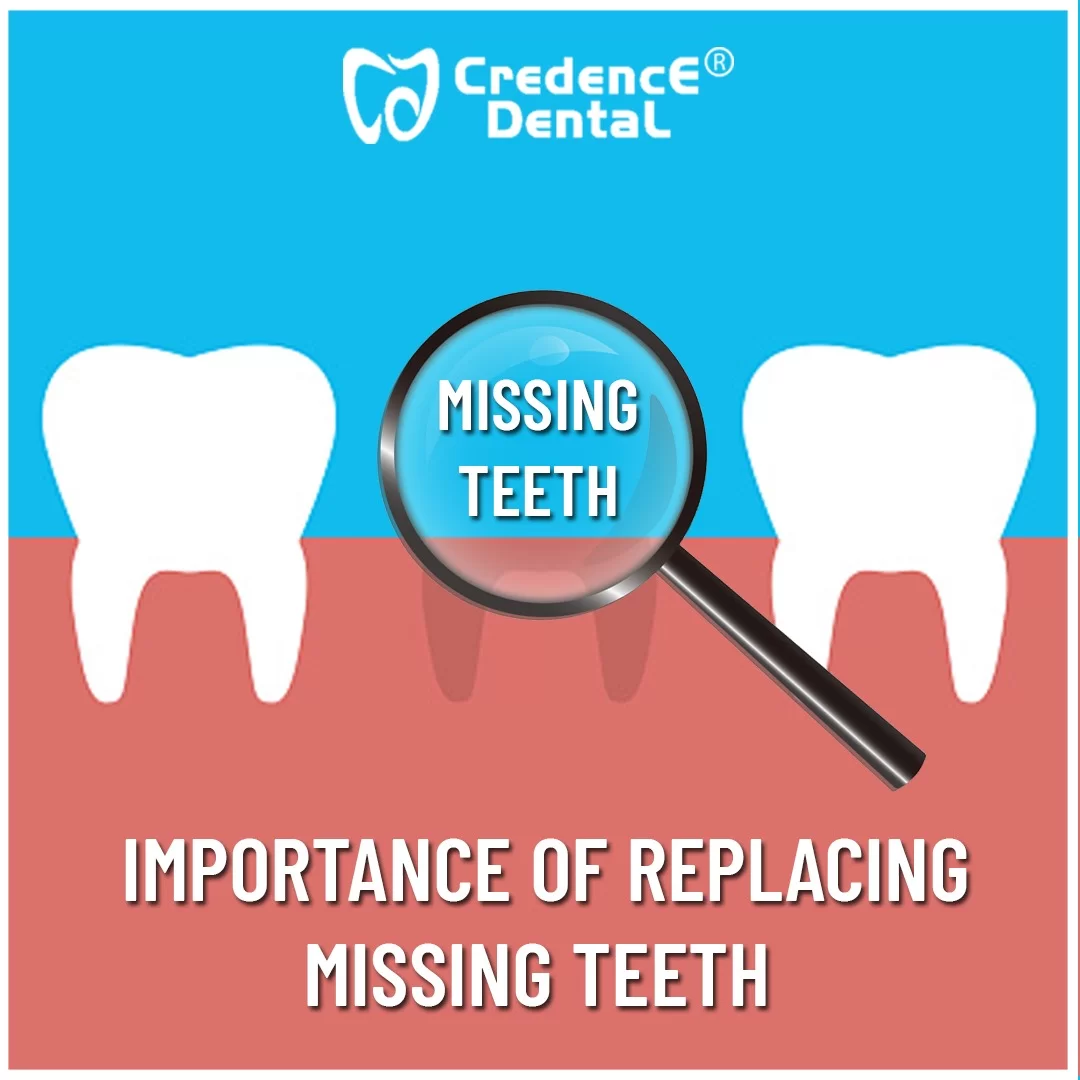The rainy season brings relief from scorching heat, rejuvenates the surroundings, and turns everything lush green. However, this beautiful season also brings along its fair share of challenges, and maintaining good oral health is one of them. The rainy season can significantly affect our oral hygiene if we do not take proper care. In this article, we will explore some essential oral care tips to help you maintain a healthy smile during the rainy season.
- Brush Regularly and Effectively:
During the rainy season, humidity levels increase, leading to the growth of bacteria in our mouth. To combat this, it is crucial to maintain a regular brushing routine. Brush your teeth at least twice a day, using a soft-bristled toothbrush and a fluoride toothpaste. Pay extra attention to your gum line and tongue, as they are prone to bacterial buildup.
- Use a Mouthwash:
To further enhance your oral hygiene routine, incorporate a good-quality mouthwash into your daily regimen. Mouthwash helps kill bacteria, freshens your breath, and prevents gum problems. Choose an alcohol-free mouthwash for the rainy season, as excessive alcohol can contribute to dry mouth, leading to a higher risk of dental issues.
- Stay Hydrated:
Drinking sufficient water is highly essential, regardless of the season. During the rainy season, people often tend to decrease their water intake due to the cooler weather. However, staying hydrated keeps your mouth moist, prevents dry mouth, and flushes away food particles, reducing bacteria growth.
- Avoid Snacking on Rainy Season Favorites:
The rainy season often tempts us with an array of snacks like pakoras, samosas, and hot beverages. While indulging in these treats is fine occasionally, it’s essential to consume them in moderation. These snacks are often high in sugar and carbohydrates, promoting the growth of harmful bacteria in your mouth. After enjoying such snacks, rinse your mouth with water or brush your teeth to reduce the chances of tooth decay.
- Care for Your Toothbrush:
During the rainy season, the dampness in the air can make your toothbrush moist and an ideal environment for bacterial growth. To prevent this, keep your toothbrush in a well-ventilated area, away from bathroom condensation. Store it upright in a holder to allow proper drying between uses. Regularly inspect your toothbrush for any signs of wear or damage, and replace it every three to four months or sooner if the bristles become frayed.
- Visit Your Dentist Regularly:
Regular dental check-ups are crucial irrespective of the season. However, during the rainy season, it becomes even more important to visit your dentist for preventive care. Dental professionals can detect any early signs of decay, gum problems, or other oral issues that may worsen with neglect. Additionally, a professional cleaning will help remove any plaque or tartar buildup that your regular brushing might have missed.
Conclusion:
Oral care during the rainy season is crucial to prevent dental problems and maintain a healthy smile. By following these essential tips and incorporating them into your daily routine, you can keep your oral health in optimal condition. Remember to brush regularly, use a mouthwash, stay hydrated, be mindful of your snacking habits, take care of your toothbrush, and visit your dentist regularly. With these simple yet effective measures, you can ensure that your smile remains bright and healthy, even during the rainy season.
Book an appointment today if you are facing an issue with Essential Oral care Tips for the Rainy Season
Visit Credence Dental today to get more information.
Our dentist provides the best dental consultation, Book an appointment today
Follow us on Social Media for more tips Facebook, Instagram and Youtube










